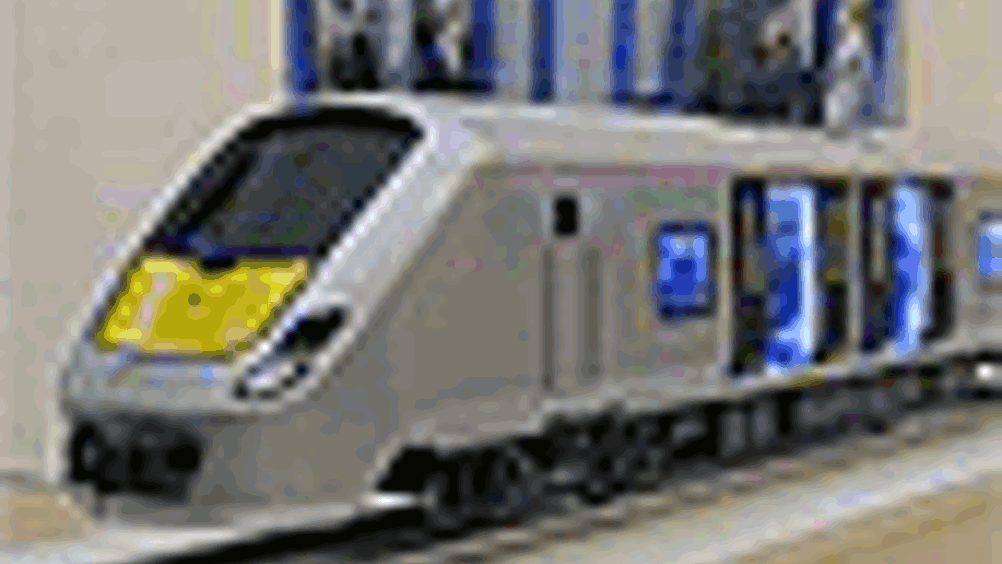Comfortable rail travel

Future high-speed trains in the UK could offer passengers more space and comfort with a new design from Alstom.
The power and transport giant developed the X'Trapolis product platform based on its fleets in Australia, Chile and Spain and incorporating technology used in Alstom high-speed trains.
The train architecture is based around a concept called ‘Bogie Offset Articulation’, which reduces the number of bogies by up to 30 per cent.
A reduced number of bogies (the swivelling wheeled undercarriage on a carriage or locomotive that enables the vehicle to negotiate curves) means carriages can be shorter and wider and therefore optimise the vehicle gauge. Passenger space and comfort can then in turn be improved.
Alstom claims that safety onboard is increased as the energy absorption areas are concentrated in the elongated front end of the train rather than between carriages, making these areas safer for passengers and crew.
The new design also changes the train door configuration. Alstom claims the new door configuration is geared to reduce stopping times at stations by making the boarding and alighting process more efficient, particularly on high-density routes.
Register now to continue reading
Thanks for visiting The Engineer. You’ve now reached your monthly limit of news stories. Register for free to unlock unlimited access to all of our news coverage, as well as premium content including opinion, in-depth features and special reports.
Benefits of registering
-
In-depth insights and coverage of key emerging trends
-
Unrestricted access to special reports throughout the year
-
Daily technology news delivered straight to your inbox










Water Sector Talent Exodus Could Cripple The Sector
Maybe if things are essential for the running of a country and we want to pay a fair price we should be running these utilities on a not for profit...